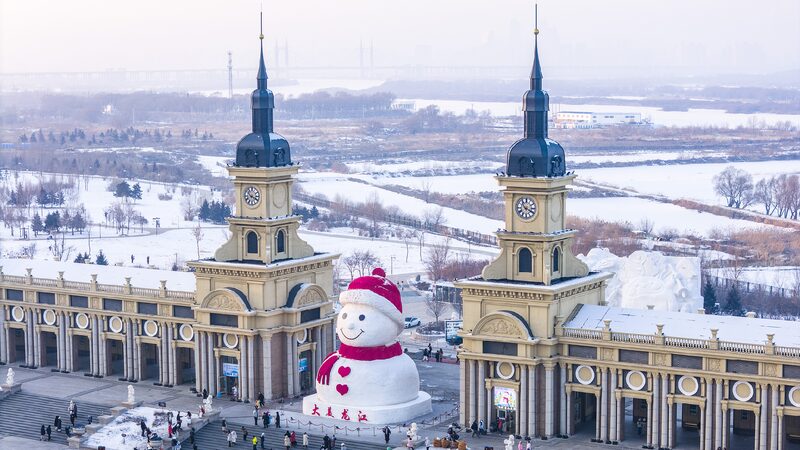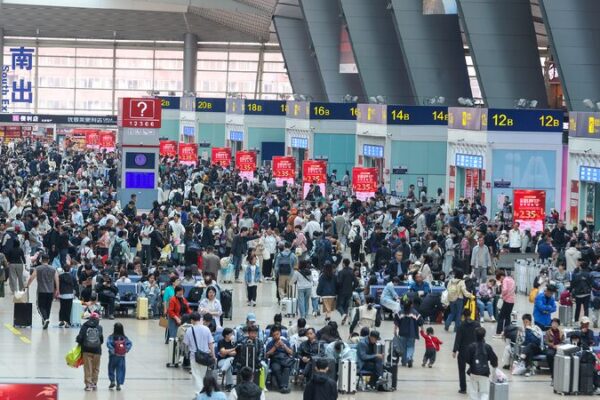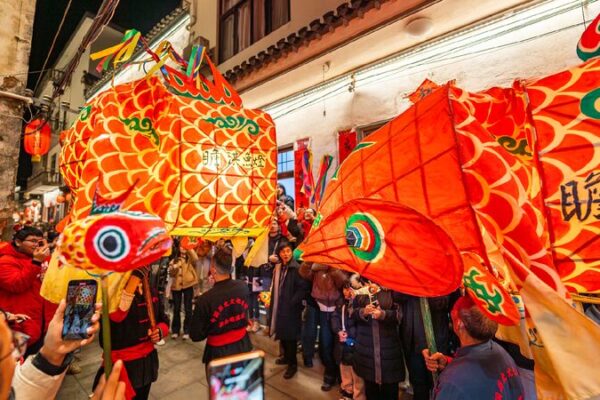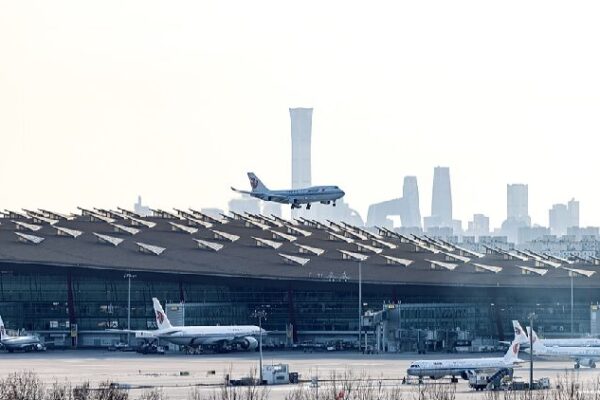Harbin, the capital of northeast China’s Heilongjiang Province, is experiencing a surge in winter tourism as visitors flock to enjoy its diverse ice and snow attractions. With upgraded services and new experiences, the city has solidified its status as a premier winter destination.
Last winter, Harbin welcomed over 87 million tourists, a staggering 300 percent increase from the previous year. Tourism revenue soared by 500 percent, reaching 124.8 billion yuan ($17.3 billion). This season promises even more growth, with hotel bookings during the Spring Festival up 76 percent compared to last year, according to Chinese travel platform Qunar.
New Experiences Fuel Interest
To meet the growing demand, Harbin has introduced new winter-themed train routes, enhancing accessibility for travelers. The K974 ice and snow-themed train now connects Xiamen and Harbin, offering a convenient option for tourists from the south. Additionally, the K5197 ice and snow travel photography train provides specially designed cabins with studio photoshoot services, a hit among elderly travelers.
“I am 72 years old this year. I came here to experience this tourist train and the travel photography service, and it has been a wonderful surprise,” said Jin Yue, a traveler from Liaoning Province.
Popular attractions like the Harbin Ice-Snow World continue to draw large crowds. Spanning a million square meters, the park has welcomed over 2 million visitors since its opening in December. This year, it features elements of the upcoming 2025 Harbin Asian Winter Games, including massive ice sculptures, interactive winter activities, and themed performances that bring the magic of ice and snow to life.
Cultural Experiences and Local Delights
Beyond the icy attractions, visitors are immersing themselves in local culture. Searches for “Kang bed-stove” experiences—a traditional heated brick bed common in northern China—have risen 154 percent since November 2024, according to data from Meituan, one of China’s online services platforms. Regional dishes like “iron pot stew” are also gaining popularity among tourists.
“Many visitors explore local markets to experience daily life in Harbin and sample regional specialties,” noted Wang Hongxin, head of Harbin’s cultural, radio, television, and tourism department. “Last year, Harbin’s ice and snow tourism truly went viral, sparking a boom in tourism across the northeast region and revitalizing the ice and snow economy.”
In 2024, Harbin welcomed 179 million tourists, generating 231.42 billion yuan in tourism revenue—a year-on-year increase of over 30 percent, according to the local tourism bureau.
Enhanced Infrastructure and Services
Since November 2024, Heilongjiang Province has been implementing a 100-day winter tourism initiative with 60 targeted measures to boost ice and snow tourism. These include new themed travel routes, cultural activities, local specialties, and improved transportation networks. Stricter market oversight aims to elevate industry standards.
Harbin has launched a comprehensive tourism platform, created a special tourism map for the Asian Winter Games, and established multiple tourist centers to enhance visitors’ experiences. “To strengthen market oversight, Harbin has also introduced an advance compensation mechanism and tightened regulations on travel agencies, tour guides, dining, and accommodations,” Wang Hongxin explained.
A young digital team manages tens of thousands of comments daily across multiple platforms, significantly improving government service efficiency. They identify key issues and forward urgent matters to relevant departments. For international travelers, a cross-border travel app and expanded multilingual services have been introduced, along with improved payment options that now accept foreign bank cards at numerous locations.
“One shift in Harbin’s tourism trend is from focusing on individual attractions to creating a more integrated tourism experience, with improved transportation links between sites,” said Yuan Lin, a senior official in Heilongjiang’s cultural and tourism sector. “Another is the move from single-department management to a citywide approach, with various sectors collaborating.”
Reference(s):
Harbin's winter tourism booms with new experiences, upgraded services
cgtn.com








